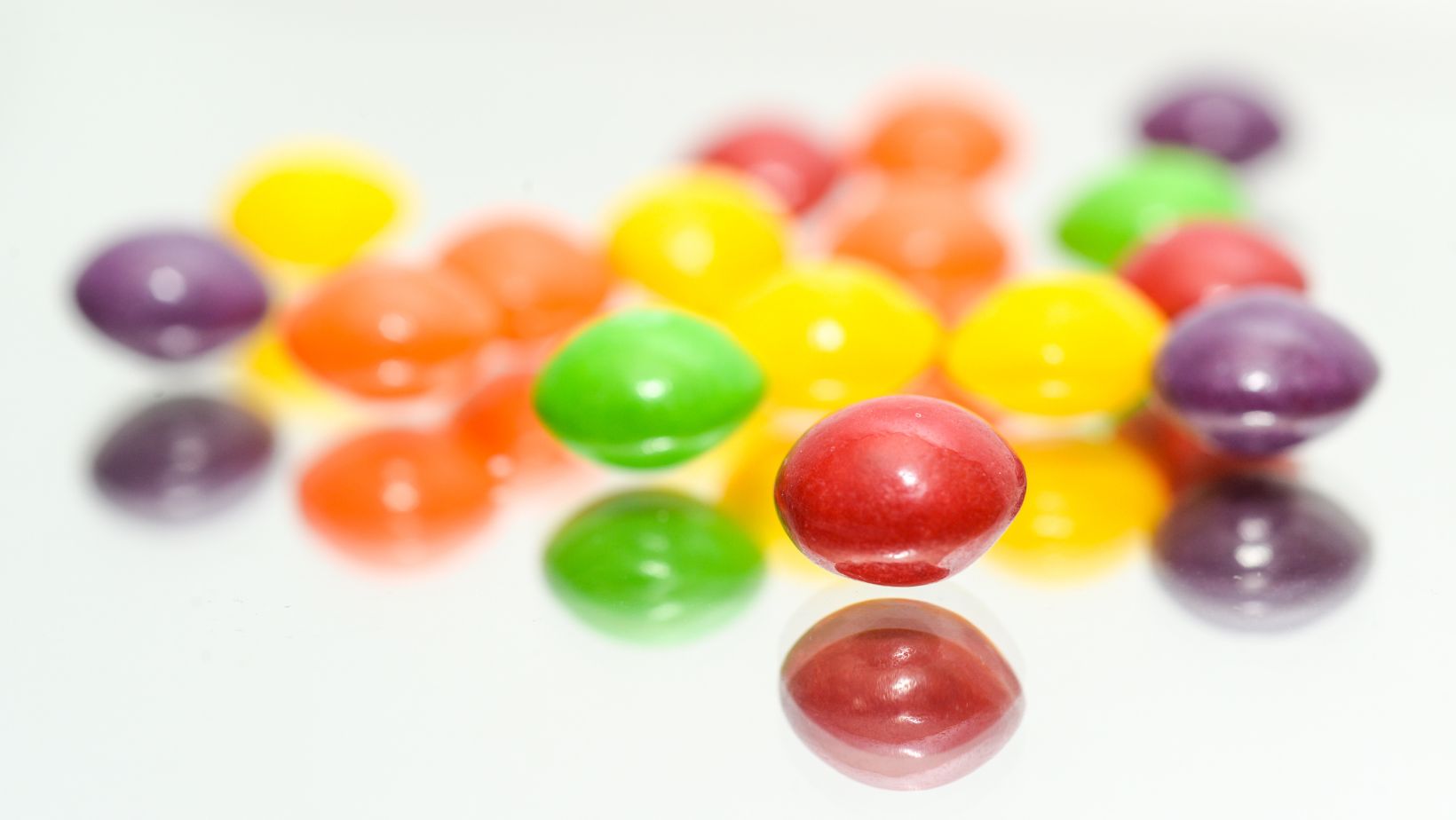
In today’s health-focused food landscape, consumers aren’t just reading nutrition labels—they’re scanning ingredient lists for unfamiliar additives, especially synthetic colorants. As a result, natural alternatives are surging in popularity, driving an entire industry built around plant-based hues. Among the most exciting and versatile options available, anthocyanin food color stands out for its vibrant tones and botanical origin.
At the core of this movement are natural food color manufacturers—specialized producers who transform fruits, vegetables, and other plant matter into functional colorants suited for everything from beverages to baked goods. These manufacturers are quietly but powerfully reshaping how food looks and how it’s perceived.
What Makes Anthocyanins Special?
Anthocyanins are natural pigments responsible for the deep reds, purples, and blues found in foods like berries, red cabbage, black rice, and purple sweet potatoes. Their name comes from the Greek words for “flower” and “blue,” but their applications go far beyond aesthetics.
As food colors, anthocyanins offer:
- Visual impact: Brilliant and bold shades depending on formulation and pH.
- Clean-label appeal: Sourced from familiar plants, not synthesized in labs.
- Functional benefits: Known antioxidant activity that appeals to health-conscious buyers.
Their dynamic nature is especially fascinating. In acidic products, anthocyanins appear bright red. In more neutral environments, they shift toward purple, and in alkaline settings, they take on bluish tones. This pH-sensitivity gives manufacturers a natural tool for creating color effects with minimal processing.
The Role of Natural Food Color Manufacturers
Transforming anthocyanins from raw plant material into reliable food-grade colorants is no small feat. Natural food color manufacturers play a pivotal role in ensuring these ingredients meet both consumer expectations and industrial demands.
Their process typically includes:
- Raw material selection: Choosing the right fruits or vegetables for pigment density and color consistency.
- Gentle extraction techniques: Using water, ethanol, or other food-safe solvents to preserve pigment integrity.
- Stabilization: Enhancing shelf life and color reliability, especially for heat, light, or pH-sensitive applications.
- Customization: Adjusting concentration and formulation depending on the food matrix—be it liquid, solid, dairy, or baked.
Without these behind-the-scenes efforts, many natural colors would remain unstable or too inconsistent for commercial use.
Why Manufacturers Are Turning to Anthocyanins
While several natural colorants are gaining attention—like carotenoids, chlorophylls, and curcumin—anthocyanins are earning a special place due to their wide application range and consumer-friendly origin.
Some key reasons include:
- Color versatility: With the ability to adapt across product types and pH levels, anthocyanins are ideal for multi-category use.
- Natural origin transparency: They allow manufacturers to use language like “colored with fruit or vegetable juice” on packaging.
- Compatibility with trends: Perfect for vegan, non-GMO, and clean-label product lines.
Whether added to a berry-flavored drink, a plant-based yogurt, or a child-friendly snack, anthocyanin food color helps meet both regulatory and consumer demands.
Challenges and Innovations in Anthocyanin Use
Despite their benefits, anthocyanins present technical challenges, especially around stability. Heat, light, oxygen, and pH changes can all impact how the color performs over time. This is where innovation becomes essential.
Manufacturers are exploring:
- Encapsulation techniques to protect pigments during processing.
- Fermentation-based production of anthocyanins for consistency and scalability.
- Blending with other natural extracts to enhance performance and broaden the color spectrum.
Research and development efforts are ongoing to improve how anthocyanins behave in complex food systems like emulsions, frozen products, or acidic carbonated beverages.
The Bigger Picture: Natural Colors as a Branding Tool
More than just functional ingredients, natural colors have become part of a product’s story. Brands now promote their use of real fruit extracts or botanical colorants to build trust and differentiate themselves. Behind this visible change is the quiet, consistent work of natural food color manufacturers—ensuring each color is vivid, stable, and compliant.
Anthocyanins, in particular, offer emotional appeal. Their hues are often associated with berries, antioxidants, and nature itself—connecting with consumers on a sensory and symbolic level.
Final Thoughts
As the food industry continues its shift toward transparency and wellness, the importance of natural food color manufacturers will only grow. With anthocyanin food color leading the way, these producers are not just creating pigments—they’re helping shape the future of clean-label food design.
Their innovation, technical expertise, and dedication to quality are ensuring that tomorrow’s foods will be just as colorful—but a lot more natural—than the synthetic past we’re leaving behind.








